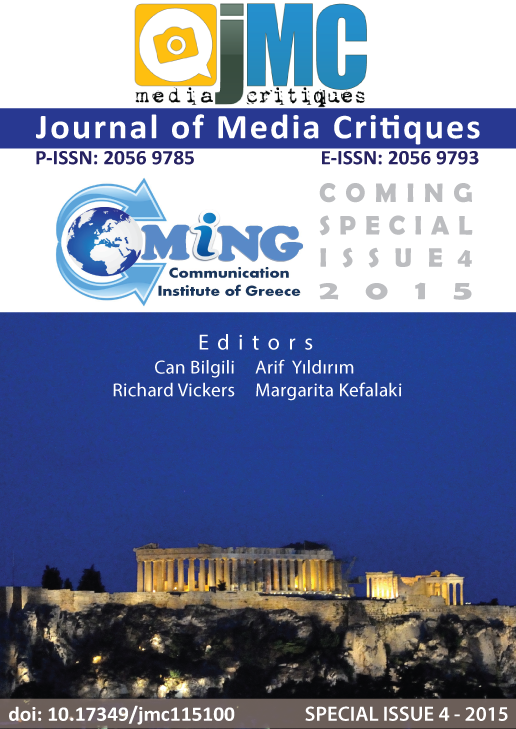SOCIAL MEDIA, FUTBOL, AND CRISIS: AN EXPLORATORY CASE STUDY EXAMINING THE FIFA WORLD CUP ADDRESSING PLAYER CONCUSSIONS
SOCIAL MEDIA, FUTBOL, AND CRISIS: AN EXPLORATORY CASE STUDY EXAMINING THE FIFA WORLD CUP ADDRESSING PLAYER CONCUSSIONS
Author(s): Samantha HugheySubject(s): Media studies, Theory of Communication, Social development, Sports Studies, ICT Information and Communications Technologies
Published by: University of Lincoln and World Experience Campus Foundation
Keywords: crisis communications; situational crisis communication theory; sports; social media;
Summary/Abstract: Social media strategies and practices continue to be integrated across various athletic sports, particularly futbol. One of the recent global athletic events that occurred where social media played an important role was the 2014 Fédération Internationale de Football Association World Cup in Brazil. While social media brings forth great opportunities for teams to engage with fans and share real-time updates, it also allows active fans to voice concerns around particular issues like player safety i.e. concussions, which could lead to a crisis situation. This particular incident in question involved futbol player Christoph Kramer, who suffered a blow to the head that left him slumped over during the Germany versus Argentina championship match. Fans are linking the lack of concern for player safety to the FIFA brand, making an outcry for protocol to be adapted to tackle the growing issue surrounding players who have suffered from concussions. The FIFA organization waited until September 9, 2014 to address the public and provide a plan for future occurrences of this kind. Based on the theoretical framework of Coombs’ Situational Crisis Communication Theory, the FIFA commission did not properly assessing the crisis at hand and actually implemented the denial posture of crisis response instead of taking proactive actions to address this situation with their stakeholders.
Journal: Journal of Media Critiques
- Issue Year: 1/2015
- Issue No: 2
- Page Range: 51-65
- Page Count: 15
- Language: English

